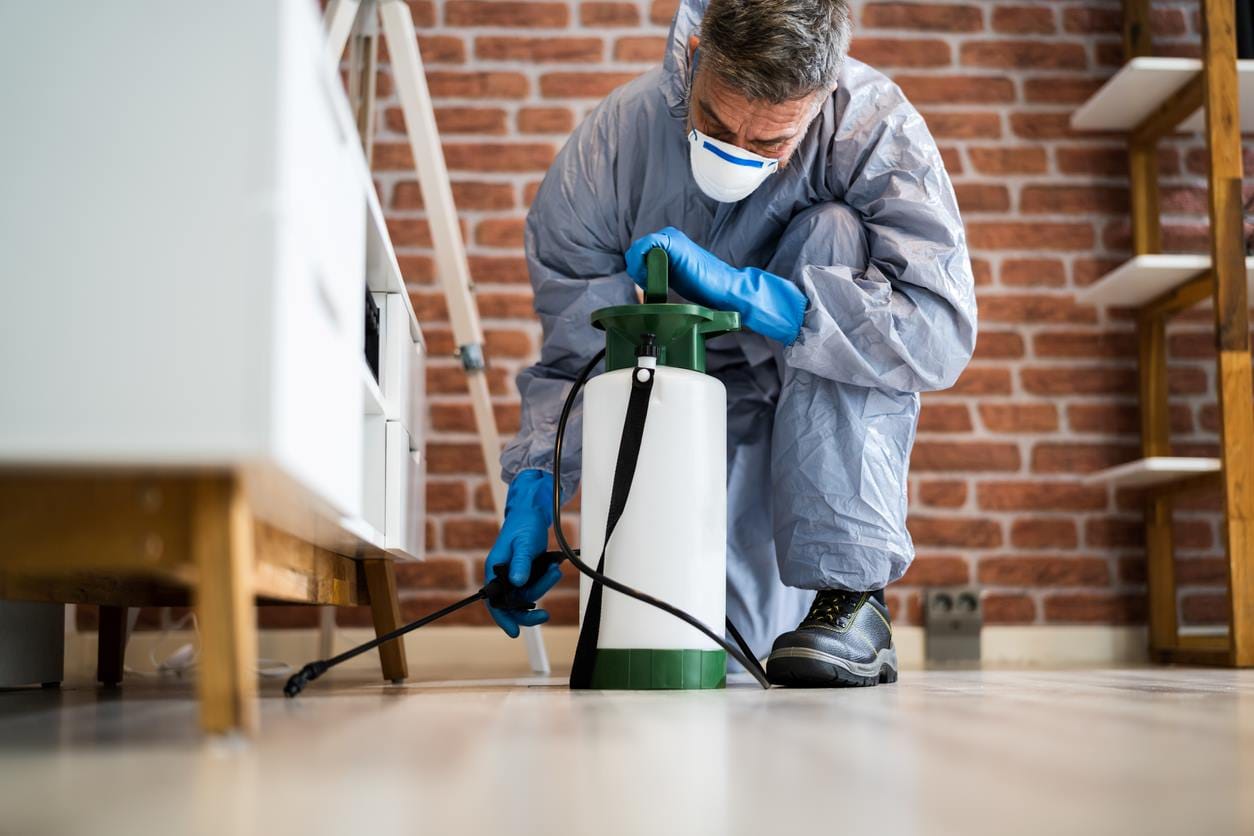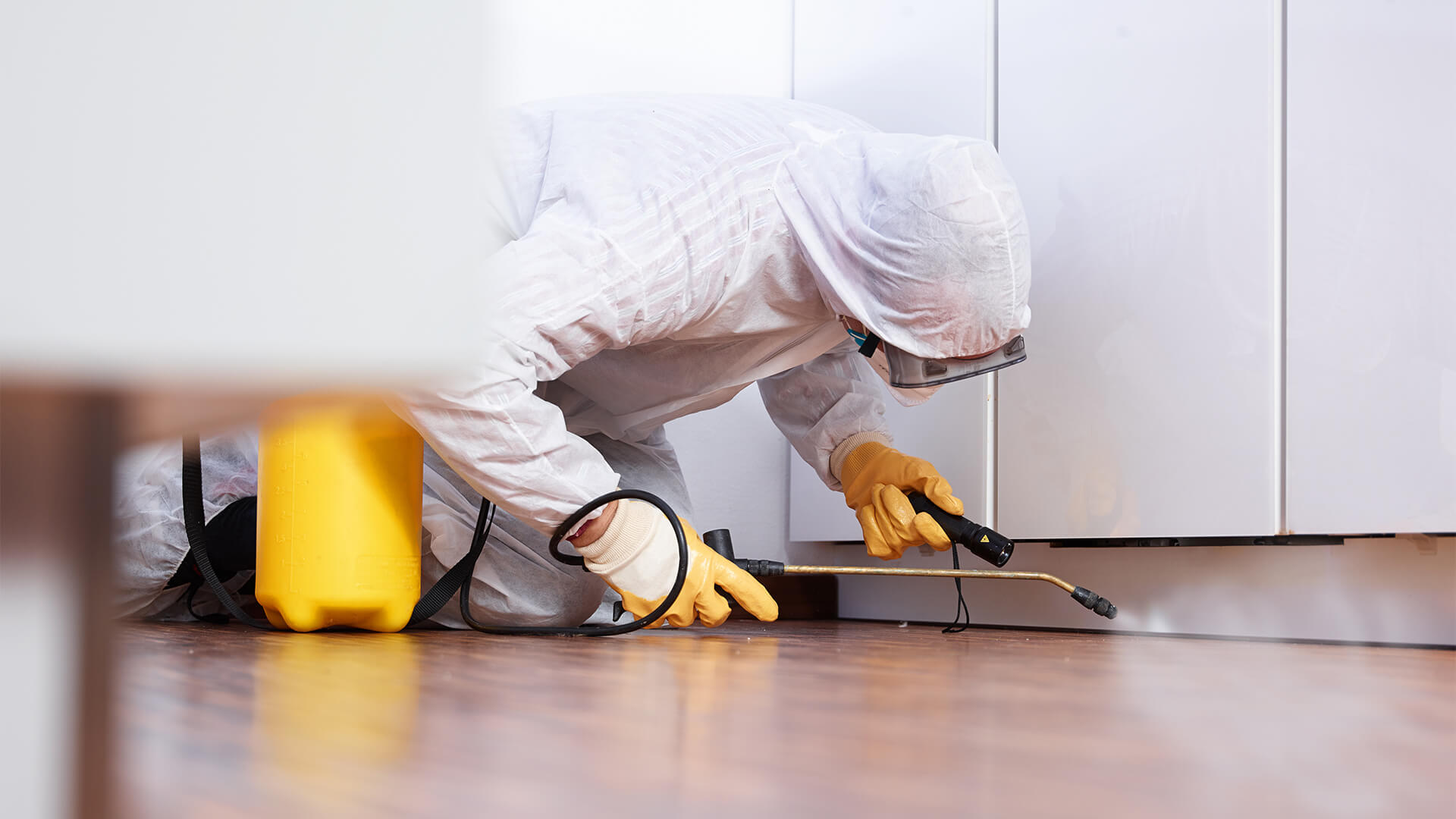Checking Out Problem and Therapy Methods worldwide of Bug Control
The landscape of pest control encompasses a myriad of difficulties, specifically as problems of common home bugs proceed to evolve. By integrating preventive procedures with sophisticated monitoring strategies, such as Integrated Pest Management (IPM), property owners can better secure their atmospheres.

Typical Family Vermin
When it involves handling our space, understanding common home insects is important. These bugs not only disrupt our comfort but can also position health risks and damage residential or commercial property. The most prevalent household bugs consist of ants, roaches, rodents, termites, and bed bugs.
Ants, usually seen foraging in cooking areas, can contaminate food and develop large nests. Rats, consisting of computer mice and rats, can trigger architectural damage and carry illness like hantavirus and salmonella.
Recognizing the indicators of these insects, such as droppings, nests, or attack marks, is necessary for very early treatment (Pest Control Lockhart). Proper cleanliness practices, securing entry points, and keeping a clutter-free atmosphere are reliable preventative procedures. By identifying these usual home parasites and understanding their actions, property owners can take aggressive steps to alleviate problems, making sure a much healthier living environment
Recognizing Pest Infestations
Insect invasions can intensify swiftly, transforming a small aggravation into a substantial trouble if not resolved quickly. Usual aspects adding to invasions consist of poor sanitation, structural vulnerabilities, and seasonal modifications that drive insects inside your home.
Determining the type of insect is vital, as different species exhibit diverse actions and reproductive prices. For example, rodents may establish nests in surprise areas while bugs like cockroaches thrive in damp settings. Early discovery commonly hinges on recognizing signs such as droppings, munch marks, or unusual sounds, which can indicate a trouble prior to it comes to be serious.
Environmental problems likewise play a vital duty in parasite expansion. Warm, moist climates can facilitate the quick growth of parasite populaces, while changes in landscape design or building and construction can unintentionally create helpful environments. Regular assessments and preventative steps are extremely important to reducing the threat of infestations. An enlightened technique to understanding these dynamics lays the foundation for effective parasite management methods in the future.
Therapy Techniques and Techniques
Effective therapy techniques and strategies are vital for minimizing insect problems and bring back a secure environment. A diverse method is typically best, incorporating chemical, organic, and mechanical strategies tailored to the specific bug and the severity of the infestation.
Chemical treatments include making use of insecticides and herbicides, which can successfully get rid of pests. Nonetheless, appropriate application and adherence to security guidelines are vital to lessen threats to human beings and non-target microorganisms. Integrated Insect Management (IPM) encourages the judicious use chemicals as a last resort, relying rather on surveillance and limit levels to identify intervention demands.
Organic control techniques involve presenting natural killers or parasites to reduce parasite populations. This strategy is progressively popular, especially in farming settings, as it advertises environmental sustainability.
Mechanical approaches, such as traps and obstacles, supply immediate alleviation from parasites without introducing chemicals. Alternatives include sticky catches for insects or physical obstacles for rodents.
Eventually, the choice of treatment approach must consider the certain pest, the atmosphere, and potential influence on human health and wellness and communities. A well balanced combination of these strategies can successfully manage invasions while advertising long-term insect control options.
Safety Nets for Residence
Proactively addressing parasite concerns prior to they escalate is crucial for keeping a healthy home environment (Pest Control Lockhart). Carrying out reliable preventive measures can substantially lower the likelihood of invasions, eventually guarding both your home and health

Correct landscape design likewise plays an essential role in prevention. Maintaining hedges and trees trimmed away from your home decreases the chances of parasites locating their method inside your home. Make sure that article source drainage systems are working efficiently to prevent standing water, which can draw in insects and other pests.
Last but not least, regular examinations are suggested. Frequently looking for indicators of insect task permits early intervention. By taking on these safety nets, property owners can produce an environment that is less friendly to insects, therefore boosting their general lifestyle and decreasing the demand for extensive parasite control treatments.
Business Bug Control Strategies
A detailed strategy to industrial insect control is essential for organizations intending to preserve a risk-free and sanitary environment. Reliable strategies entail a see this website mix of regular examinations, worker training, and the execution of Integrated Bug Monitoring (IPM) techniques.
Normal evaluations enable very early discovery of bug task, permitting timely treatment. Organizations must establish a routine schedule for these analyses, concentrating on risky areas such as cooking areas, storeroom, and waste disposal websites. Employee training is equally important; personnel ought to be informed on the signs of pest infestations and the importance of reporting them immediately.
Executing IPM practices assists alleviate parasite issues sustainably. This includes habitat modification, such as securing entrance factors and lowering clutter, as well as utilizing natural deterrents prior to resorting to chemical therapies.

Moreover, collaborating with a certified bug control provider guarantees accessibility to specialist expertise and advanced therapy choices. This collaboration can lead to personalized pest control plans customized to the particular demands of business, decreasing threats and boosting overall effectiveness. Ultimately, a proactive and informed strategy cultivates a pest-free atmosphere, protecting both public wellness and business reputation.
Conclusion
In verdict, reliable parasite control necessitates an extensive understanding of typical family insects and their habits, coupled with Going Here targeted therapy approaches. Carrying out preventative steps alongside therapy strategies such as Integrated Insect Administration and organic control boosts the ability to reduce problems.